AV_
Ideal_Rock
- Joined
- Aug 5, 2018
- Messages
- 3,889
I am taking aside here a question that came up on another thread (this):
I could put the same question for any diamond cut, which might b easier or harder to answer!
@Rockdiamond I must admit. I have never dared read an ASET - for aparent color (in other words: for the effect of cut on color face up). I might speculate, but, I am more interested in the Dark than anything.
@Rockdiamond One day I might ask you how radiants can be made to NOT show twice as much colour as there is in the rough!
it's a very intersting question- and totally affects how we interpret ASET ......sounds like fertile ground for a thread, if you wanted to start one
I could put the same question for any diamond cut, which might b easier or harder to answer!
@Rockdiamond I must admit. I have never dared read an ASET - for aparent color (in other words: for the effect of cut on color face up). I might speculate, but, I am more interested in the Dark than anything.
Last edited:


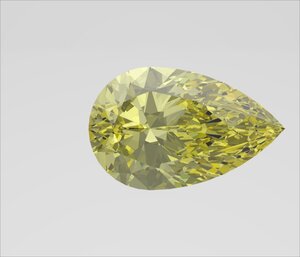
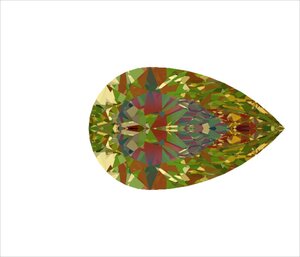
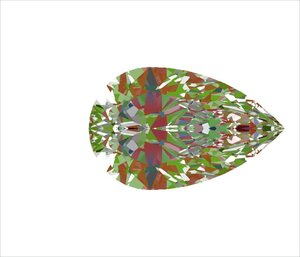
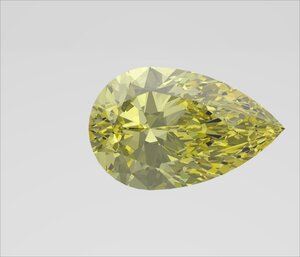
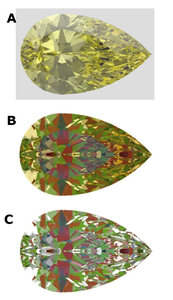




300x240.png)